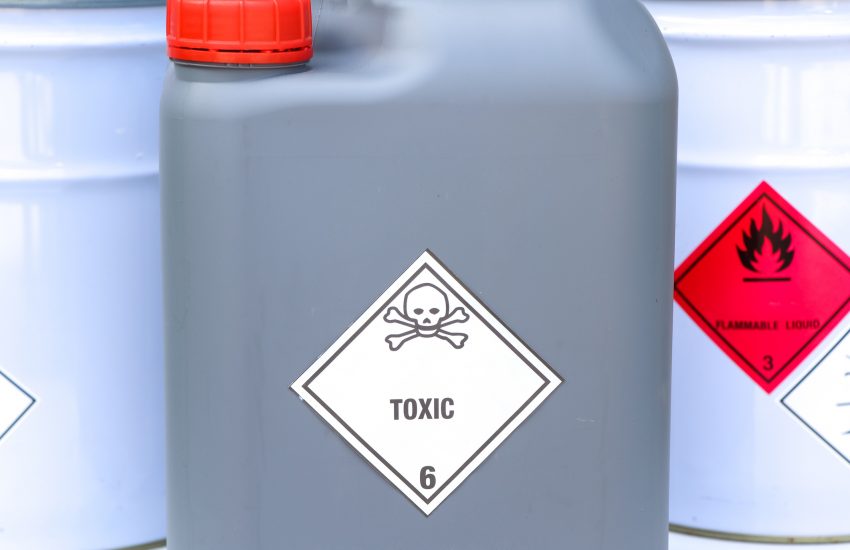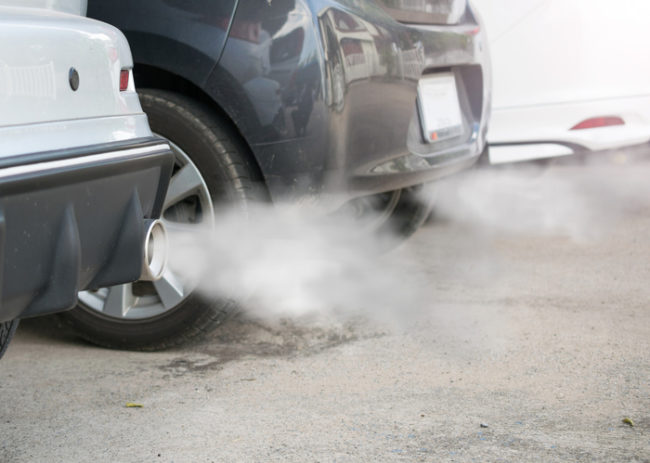The U.S. Environmental Protection Agency kicked off the New Year by strengthening its guidance for investigating and cleaning up lead-contaminated soil at residential properties, especially in areas where children live and play. Toward this end, the EPA lowered the recommended screening levels for lead in residential soil, from 400 parts per million to 200 ppm, for the first time in 30 years.
While screening levels are not cleanup standard, this change is expected to assist the EPA in making site-specific cleanup decisions, which may include …
Continue Reading









